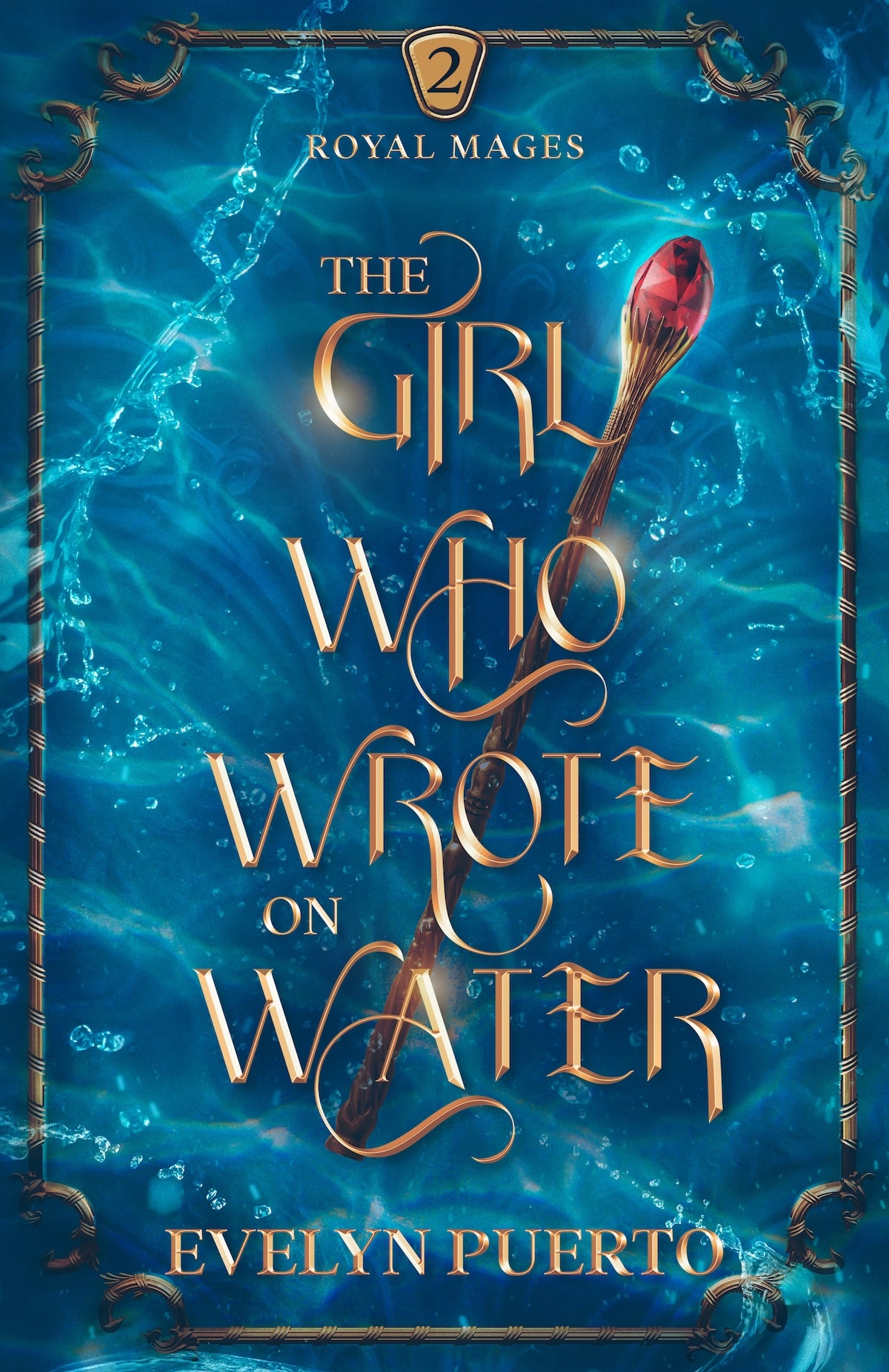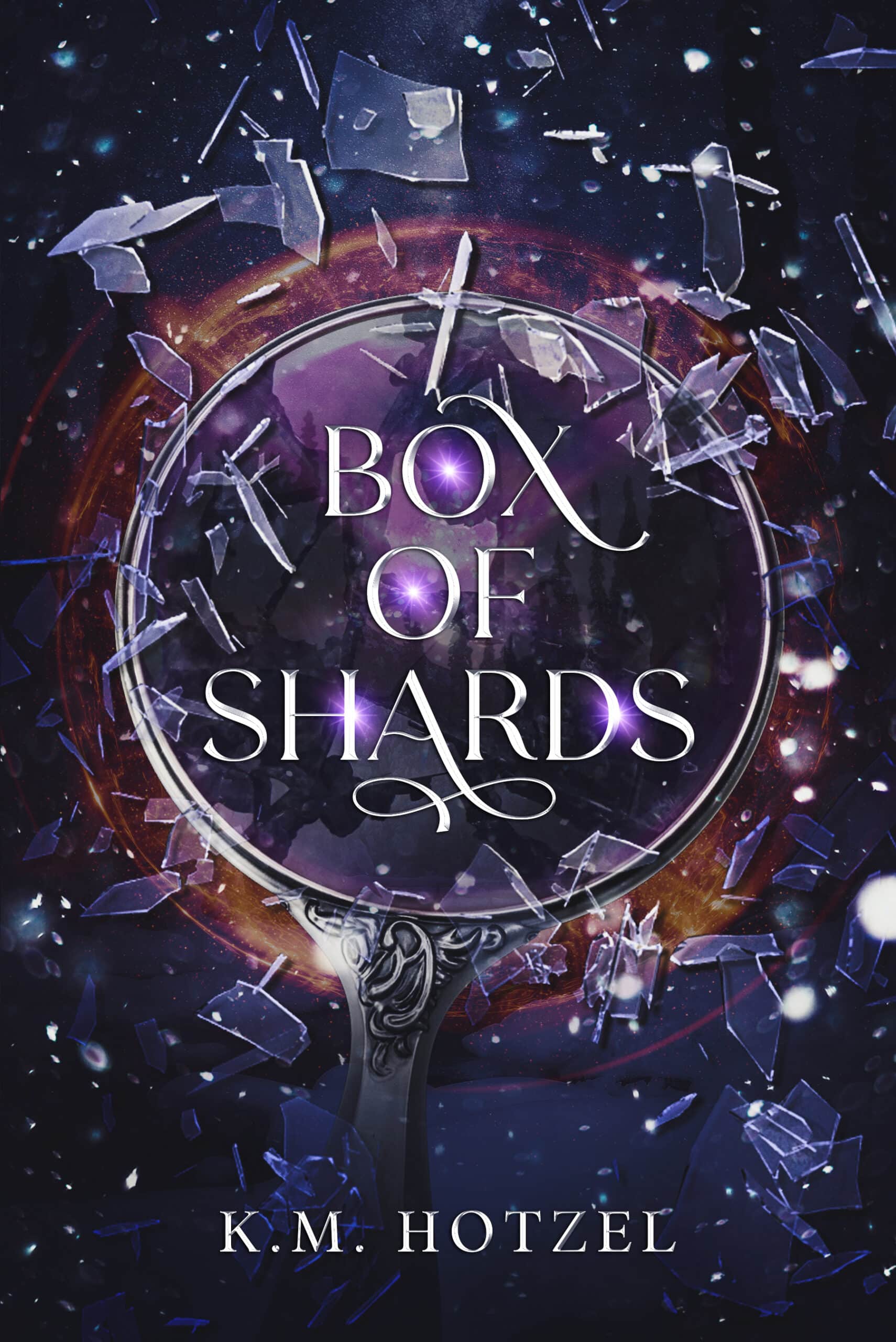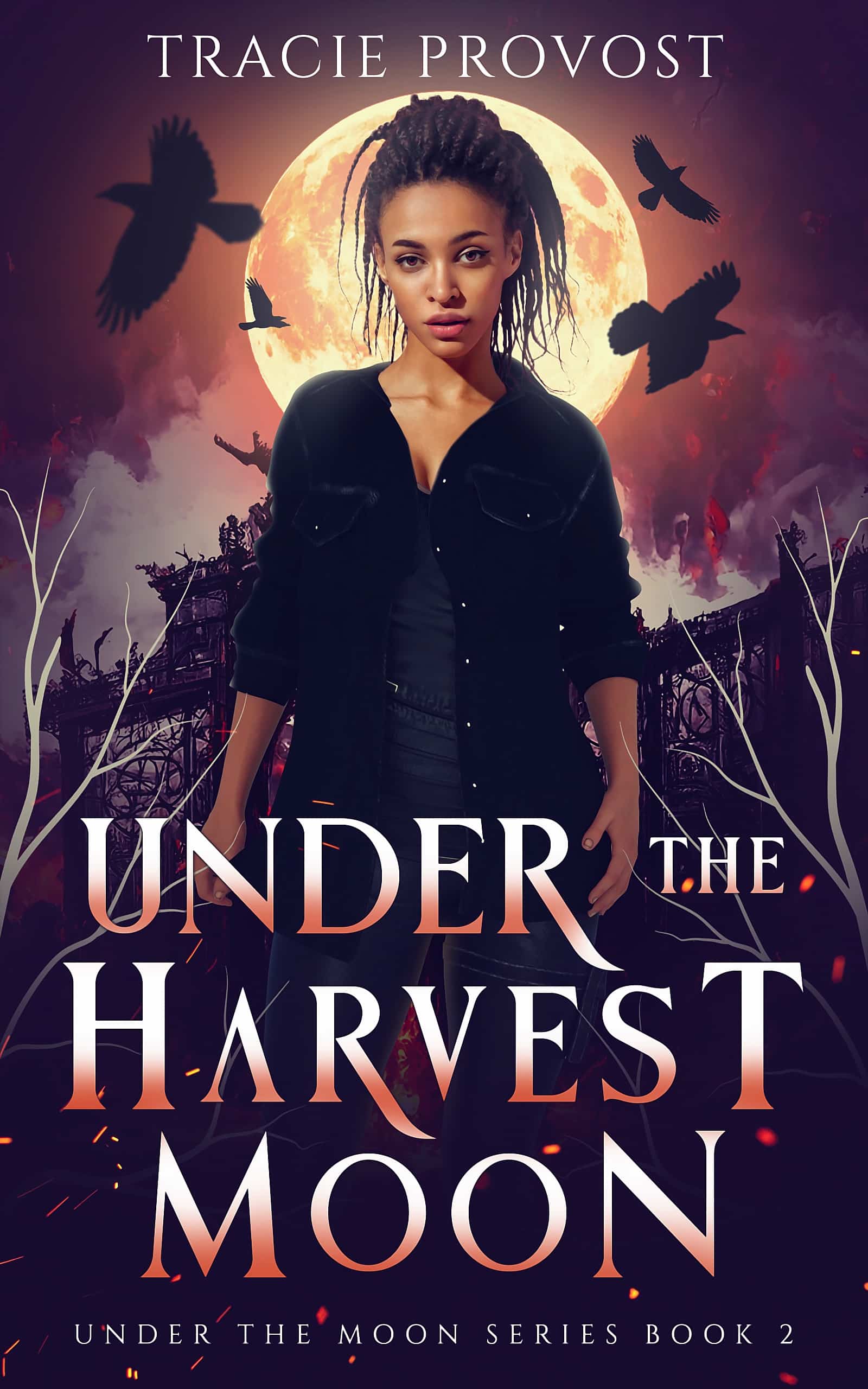 On Tuesday, we had our first Writing Feast. We ate lasagna, drank mojitos, wrote, and talked about writing. I had so much fun.
On Tuesday, we had our first Writing Feast. We ate lasagna, drank mojitos, wrote, and talked about writing. I had so much fun.
At one point, we sat in a circle and read through each other's practices. “This is what you did here that was so cool,” we said. “When you said this, I felt like I was right there with you in the room.”
Tiffany said, “It's so cool to hear someone else read your writing and tell you what it did for them. A lot of times, I don't think about what I'm doing. It's cool when people pick out those parts that really worked.”
You're right, Tiffany. It is cool. That's why we're introducing a new series, long planned, on the Write Practice. We're going to choose one of our favorite practices and talk about why it was so cool (or not!).
To kick things off right, we've plucked a practice from the experienced Mark Almand from the post EMERGENCY: Your Creativity Is Dying. Here it is:
There's a jolt as you move from unconscious to conscious, and even before you open your eyes, the thought is there. You don't want it to be true. Please, can it be a dream. God, make it a dream, an imagination, something my brain has created, from another dimension, anything but real. Is it real? Yes, it's real.
So you swing your feet out over the side of the bed, pull your hands up to the sides of your head, and begin your plan. I have to call mother. And then the kids. And then, oh God, there's Jake. And of course there's the money. Did he tell you where he kept the money? No. You'll just have to find it.
You hear Kathryn still asleep behind you. Thank God for her. She will get you through this. God gave her to you for a time like this.
It's time to move. You take a breath, turn to look at your sleeping wife, and stand. So it begins.
1. Second-Person POV
I love that Mark writes in second-person point-of-view. Second person got super trendy in lit fiction after McIrney's Bright Lights, Big City, a novel about partying and cocaine in NYC (it's also popular in the choose-your-own-adventure genre, but we won't talk about that). It moves the action toward the reader, bringing them into the scene more quickly than most other techniques. Even though it's trendy, I love it.
2. Mystery
“Even before you open your eyes, the thought is there. You don't want it to be true.” Um…can you tell me what the thought is? Please. Pretty please. I need to know!
Of course, Mark knows that I need to know, and is not telling me on purpose. Mystery is one of the best tools in the writer's tool chest because it makes your reader read. They have to find out. That's why crime shows like CSI and Law and Order are always the most popular on TV. If you watch the first ten minutes, you can't not watch the last fifty. Mark uses mystery superbly throughout this piece.
3. Interjection
“And then, oh God, there's Jake.” Nice interjection, Mark. You, dear reader, do know what an interjection is right? If not, read our post about how to use interjections effectively. Real people use interjections all the time. If you're trying to create a distinct voice, it's essential to throw in some interjections.
All in all, very well done, Mark. Thanks for practicing.
PRACTICE
Can you top Mark's practice? Write for fifteen minutes combining second-person POV, mystery, and interjections. As always, post your practice in the comments for your own bit of individualized feedback.
Joe Bunting is an author and the leader of The Write Practice community. He is also the author of the new book Crowdsourcing Paris, a real life adventure story set in France. It was a #1 New Release on Amazon. Follow him on Instagram (@jhbunting).
Want best-seller coaching? Book Joe here.



You stop. It’s quiet, so quiet like sound itself has ceased to exist, like something has sucked sound from the particles of the earth. You start to run.
Past mailboxes, front-yards. A garden gnome smiles at you, waves. No cars drive this suburban road at this hour. No lights illuminated the curtained windows. You run alone. You run for your life.
Damn, you hate to run. Each breath knives your throat. The road spins and shakes. You want to stop, but how the hell can you. It comes.
You pass mailboxes less often. The front yards grow longer. The road crumbles into potholes and gravel. Trees stretch up over the road. You run under a canopy of darkness.
This is super, you think. Wonderful. I’m being chased by a malicious beast out to steal my life and there’s no one to help me. Yahoo. This certainly will be a day to remember it. If I remember it.
The street lamps stop. The trees block out the moon. Soon there is only darkness and a dirt path under your feet. There is nowhere left to go. Your legs died blocks ago. Your lungs kill you every second. It comes.
You stop. It’s quiet, so quiet like sound itself has ceased to exist, like something has sucked sound from the particles of the earth. You start to run.
Past mailboxes, front-yards. A garden gnome smiles at you, waves. No cars drive this suburban road at this hour. No lights illuminated the curtained windows. You run alone. You run for your life.
Damn, you hate to run. Each breath knives your throat. The road spins and shakes. You want to stop, but how the hell can you. It comes.
You pass mailboxes less often. The front yards grow longer. The road crumbles into potholes and gravel. Trees stretch up over the road. You run under a canopy of darkness.
This is super, you think. Wonderful. I’m being chased by a malicious beast out to steal my life and there’s no one to help me. Yahoo. This certainly will be a day to remember it. If I remember it.
The street lamps stop. The trees block out the moon. Soon there is only darkness and a dirt path under your feet. There is nowhere left to go. Your legs died blocks ago. Your lungs kill you every second. It comes.
Wow. I’m envious of this group you have, Joe.
You’ll have to come to the next one Jeff.
I’ll do my best. You’re inspiring me to do something similar here.
I’d love to hear more.
Wow. I’m envious of this group you have, Joe.
You’ll have to come to the next one Jeff.
I’ll do my best. You’re inspiring me to do something similar here.
I’d love to hear more.
You know you love me, yet you do not express yourself. Ever. You assume that gifts that you cannot afford and trips that you think I will love (and you know deep down that only you want to go to these places) will show your love to me. Instead, it shows your love to you. So there! I know all about you, and now you will know all about me. You will meet me at my house. You will bring nothing but your flashlight and your ring of antique keys. You will meet me at this address — 479 Summit Avenue — and you will follow me. You will not ask questions. You will follow only and you will enjoy it. You know that if you truly love me, you will find the kind of shallow joy that I have been finding in your trips, even the gifts that are like so many reasons for you to tell the world that you love me. You must answer me: do you truly love me? You will follow me onto the porch with your flashlight and your ring of keys and open the door. You will follow me into the foyer of my house and you will follow as we tour my house. You may ask, “Why don’t you have your own key?” My answer to you is this: You do not need to ask this question. It is none of your own business. You will follow me into the tower room and look out upon the town and you will know that this is where I belong; and if you truly love me, you will agree and you will move yourself in here. Otherwise, you can pack your bags and leave me. You don’t have to worry about me. All of those diamonds you showered on me will keep me for years. You always asked where your money went. Remember? Well, here it is, darling. You bought me the only gift I ever wanted: this house!
You know you love me, yet you do not express yourself. Ever. You assume that gifts that you cannot afford and trips that you think I will love (and you know deep down that only you want to go to these places) will show your love to me. Instead, it shows your love to you. So there! I know all about you, and now you will know all about me. You will meet me at my house. You will bring nothing but your flashlight and your ring of antique keys. You will meet me at this address — 479 Summit Avenue — and you will follow me. You will not ask questions. You will follow only and you will enjoy it. You know that if you truly love me, you will find the kind of shallow joy that I have been finding in your trips, even the gifts that are like so many reasons for you to tell the world that you love me. You must answer me: do you truly love me? You will follow me onto the porch with your flashlight and your ring of keys and open the door. You will follow me into the foyer of my house and you will follow as we tour my house. You may ask, “Why don’t you have your own key?” My answer to you is this: You do not need to ask this question. It is none of your own business. You will follow me into the tower room and look out upon the town and you will know that this is where I belong; and if you truly love me, you will agree and you will move yourself in here. Otherwise, you can pack your bags and leave me. You don’t have to worry about me. All of those diamonds you showered on me will keep me for years. You always asked where your money went. Remember? Well, here it is, darling. You bought me the only gift I ever wanted: this house!
You blink.
There it is again, staring at you in the mirror. You touch your left cheek. The mirror does the same. You open your mouth, then it does the same.
“Oh shit,” you say. The floor feels cold as you fall down. You knees feel weak. You twist your head. “Oh shit.”
It’s still there when you stand up. You palm the mirror, it does the same. “How?”
You look to the door of your bathroom. You see your cellphone lying on the floor. The face stares at you when you look at the mirror, then you run towards your phone.
“Pick up, pick up.” You stare around your room as the number dials. Your bag lies messily on the floor opened, with your notebooks halfway in or out. A jacket lays on the floor, with your school logos. “Why don’t this-”
“Uh, Hello?” He says. You hesitate but you answer.
“Jon, it’s me.” He remains silent. “Jon?”
“Wrong number Mis-” You winced.
“Lord Galdorf.” You say.
“Oh shit.”
You wait a beat. “What the fuck is going on?”
“How should I know?” He sounded confused. “You sure it’s you?”
“I don’t know,” you say. “Maybe I just woke up feeling a new person today.”
You could hear him thinking over the phone. “Possible.”
You groan. You almost end the call but he stopped you. “Okay, I’m coming in.”
“Dude, you have class in 30 min.” You check the time, you were right. “I’m not going outside.”
“Nah, I gotta see this.” He said. “I wanna.”
You narrow your eyes. “Should I be worried?” You hear a rustle of clothes, walk of steps. Then he dropped the call.
You look at your notebook. Biology. “Well, No homework for me.”